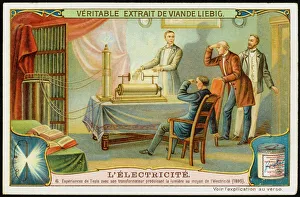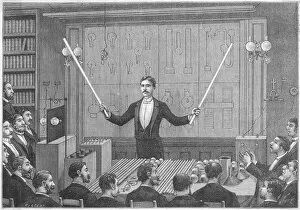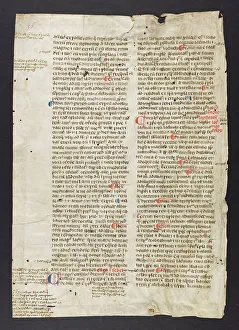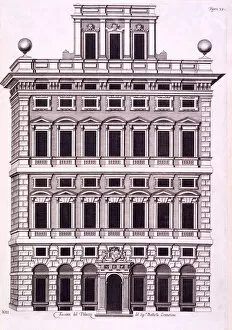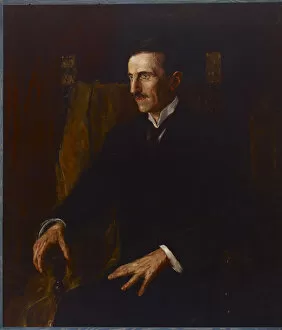Alternating Collection
"Unveiling the Alternating Current: Nikola Tesla's Electrifying Science" In 1892, amidst the awe-inspiring wonders of nature
All Professionally Made to Order for Quick Shipping
"Unveiling the Alternating Current: Nikola Tesla's Electrifying Science" In 1892, amidst the awe-inspiring wonders of nature, renowned scientist Nikola Tesla delved into groundbreaking research on alternating current (AC). His revolutionary discoveries at the Justinian Institutiones left an indelible mark on science and technology. As fragments from ancient texts like Psalter and Medical Text whispered secrets of the past, Tesla's relentless pursuit of knowledge propelled him forward. Inspired by Pietro D'Abano's medical wisdom, he sought to harness electricity in a way that would revolutionize society. The enigmatic fragments from Breviary and Der Sachsenspiegel hinted at a world yet to be fully understood. Undeterred by their mysterious origins, Tesla embarked on his quest for innovation. Piece by piece, he assembled a puzzle that would change the course of history. With each fragment discovered - Noted Breviary, Missal (Fragment), Missal (Fragment) - Tesla grew closer to unlocking the power hidden within alternating currents. The potential was electrifying; it had the ability to illuminate cities and propel humanity towards progress. Drawing inspiration from diverse sources, including his own Design for the Royal Palace of Caserta in 1756, Tesla envisioned a future where AC could bring light even to remote corners of our planet. His engraving depicted not just architectural grandeur but also an electrified utopia powered by his scientific breakthroughs. Tesla's work paved the way for modern electrical systems that we rely upon today. The concept current transformed how we live our lives – powering homes, industries, and transportation networks with unprecedented efficiency. So let us celebrate this remarkable journey through time as we pay homage to Nikola Tesla's unwavering dedication to unraveling nature’s mysteries and bringing forth an era illuminated by alternating currents – forever changing our world for good.

